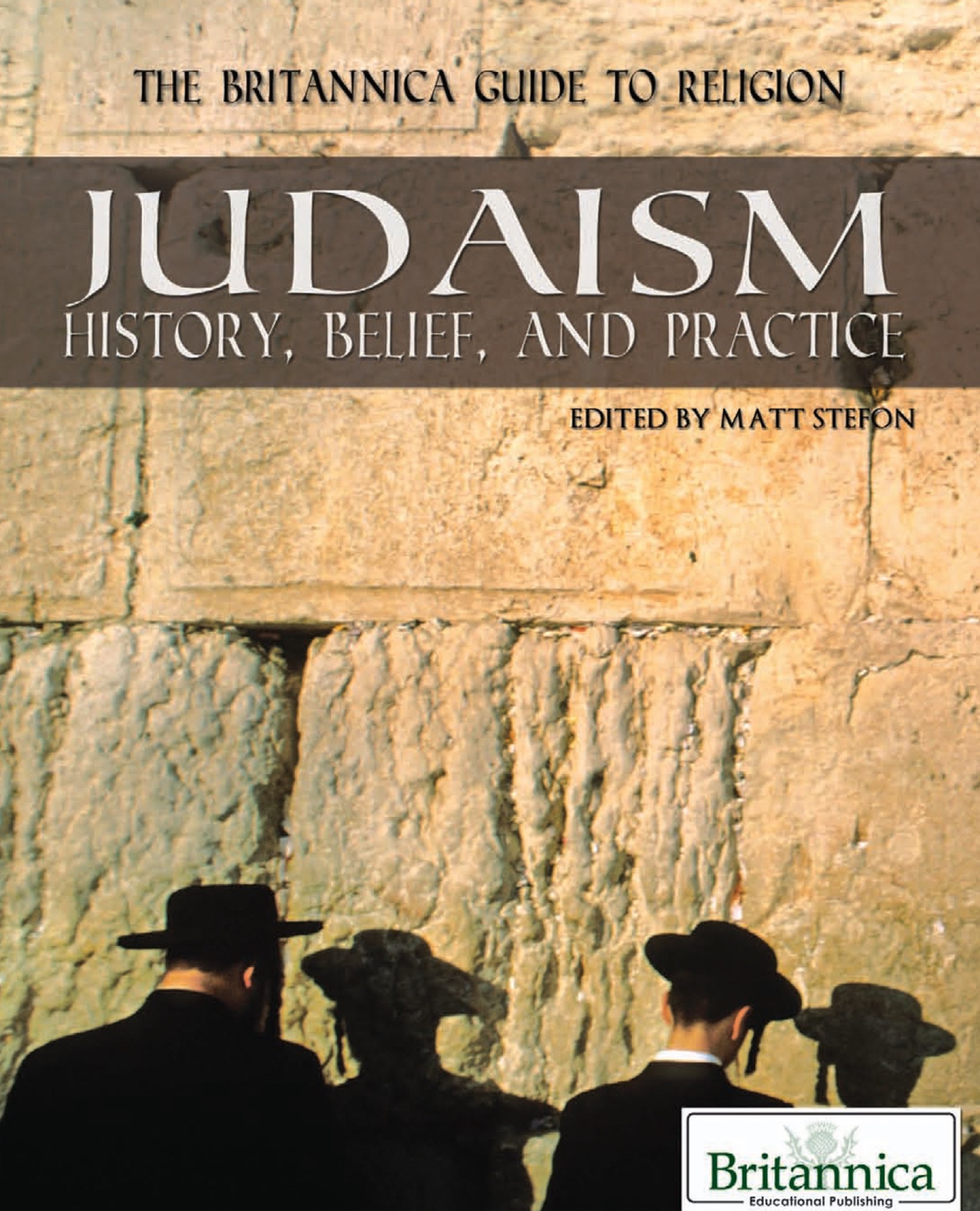Britannica Guide to Religiion (Judaism)
Summary of “Britannica Guide to Religion: Judaism”
The “Britannica Guide to Religion: Judaism” is a comprehensive reference that explores the history, beliefs, practices, and evolution of Judaism, one of the world’s oldest monotheistic religions. The book is structured to provide a historical and thematic overview of Judaism from its origins to the modern era.
⸻
Key Themes and Sections:
1. Origins and History of Judaism
• Judaism traces its origins to the covenant between God and Abraham in ancient Mesopotamia.
• The Israelites’ exodus from Egypt under Moses is a foundational event, leading to the giving of the Torah (Law) at Mount Sinai.
• The establishment of the Kingdom of Israel, with King David and Solomon, led to the construction of the First Temple in Jerusalem.
• The Babylonian Exile (586 BCE) reshaped Jewish religious life, leading to the development of synagogue worship and scripture study.
• The Second Temple period saw Hellenistic influences and the rise of different Jewish sects (Pharisees, Sadducees, Essenes).
• The destruction of the Second Temple by the Romans in 70 CE led to the emergence of Rabbinic Judaism.
2. Jewish Beliefs and Doctrines
• Monotheism: Judaism is based on the belief in one God (YHWH).
• The Torah (Law): The foundational text of Judaism, containing commandments and ethical teachings.
• The Covenant: The idea that Jews are God’s chosen people with a special role in history.
• Messianic Expectations: Belief in a future Messiah who will restore peace and justice.
3. Rabbinic and Medieval Judaism
• Rabbinic Judaism developed after the destruction of the Temple, focusing on the study of the Talmud and Midrash.
• The Jewish diaspora expanded, leading to Sephardic (Spanish) and Ashkenazi (European) traditions.
• Jewish Mysticism (Kabbalah) emerged, with major works like the Zohar influencing Jewish spirituality.
4. Modern Judaism
• Reform, Conservative, and Orthodox Judaism emerged in response to Enlightenment and modernity.
• Zionism led to the establishment of the State of Israel in 1948.
• Judaism today includes diverse practices, from strict Orthodox traditions to more liberal and cultural interpretations.
5. Jewish Literature and Sacred Texts
• The Hebrew Bible (Tanakh) includes the Torah, Prophets (Nevi’im), and Writings (Ketuvim).
• The Talmud is a collection of rabbinic discussions interpreting Jewish law.
• Jewish philosophy, influenced by figures like Maimonides, Spinoza, and Martin Buber.
6. Religious Practices and Holidays
• Kosher dietary laws regulate food consumption.
• The Sabbath (Shabbat) is observed weekly from Friday evening to Saturday night.
• Major holidays include:
• Passover (Pesach) – celebrating the Exodus.
• Rosh Hashanah and Yom Kippur – the Jewish New Year and Day of Atonement.
• Hanukkah – commemorating the rededication of the Second Temple.
• Purim – celebrating Jewish survival from ancient Persia.
7. Judaism in Global Perspective
• The book discusses Judaism’s relationship with Christianity and Islam.
• It explores Jewish contributions to Western civilization, including law, ethics, and philosophy.
⸻
Conclusion
The Britannica guide provides a detailed yet accessible introduction to Judaism, covering its historical developments, sacred texts, beliefs, and traditions. It highlights the religion’s adaptability and continuity throughout history, making it an essential reference for understanding Jewish faith and culture.
